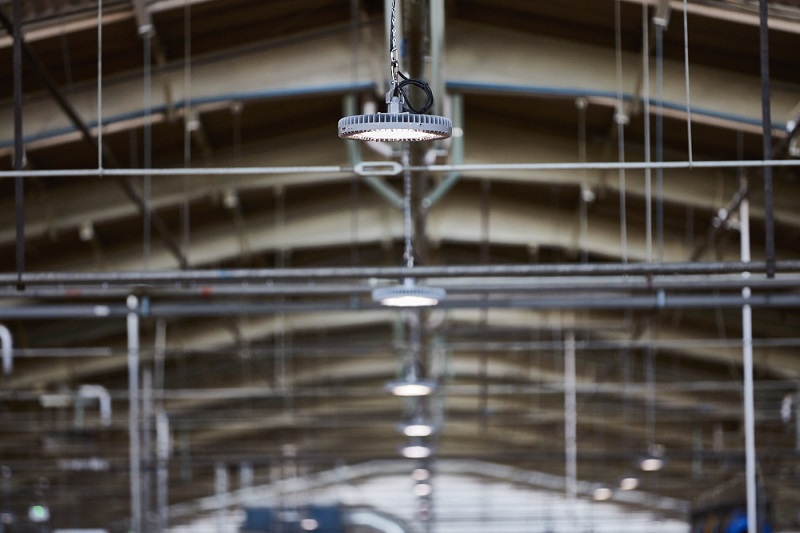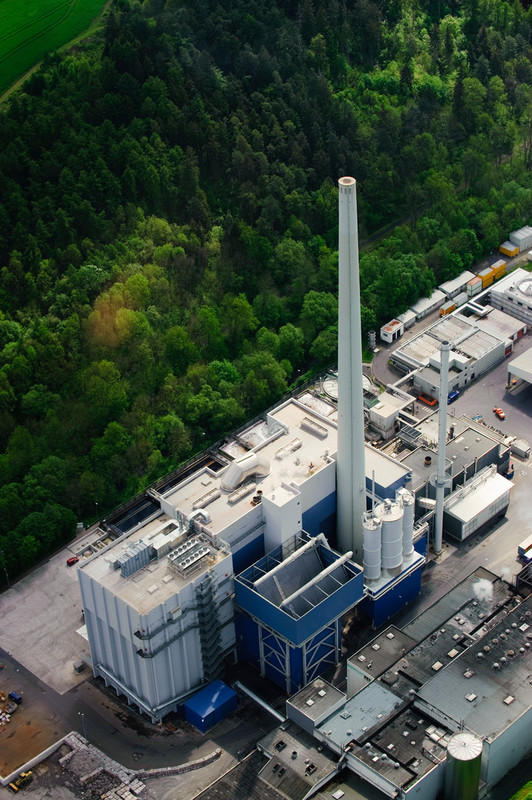What is DS Smith doing about climate change?
A multitude of risks can affect DS Smith, its assets and employees, as well as its neighbours and stakeholders. One of these risks is climate change, one of the biggest global challenges of this century.
Article 7 of 8, Sustainability Review series:
DS Smith continues to grow by acquisition, but remains committed to reducing the emissions, relative to production, to lessen the impact of our business operations.
Earlier this year we were delighted to announced that DS Smith exceeded its 2020 emissions target, four years ahead of schedule. Excellent progress is already being made against the new target; 30% reduction in CO2e per tonne of production by 2030. In 2017 we reported:
- 6.7% reduction in CO2e per tonne of production - the equivalent of taking approximately 15,500 cars off the road for a year.
- 79 out of 198 manufacturing sites, with reliable year-on-year data, reduced their absolute carbon emissions.
Transparent reporting
DS Smith remains committed to transparently reporting emissions performance through our own published reports, but also through reputable external frameworks. In 2017, DS Smith was proud to retain a score of Management B in CDP Climate Change category.
Not only does this benefit our own business, but it also reduces emissions in our customer’s supply chains, helping them meet their own targets.
Energy Strategy
Energy is a significant contributor to global greenhouse gas emissions. To meet the new target DS Smith must continue to increase energy efficiency and switch to alternative fuels – the two core elements of our internal carbon and energy strategy.

Installing LED lighting across the DS Smith group has been the largest Group-wide transformation programme and energy efficiency initiative to date – transitioning the majority of industrial sites by the end of 2017/18 financial year. LEDs use up to 80% less electricity than traditional lighting, with the potential to reduce energy consumption equivalent to 12 Packaging sites – saving 18,360 tonnes of CO2e a year.
This deployment of LED industrial lighting has played a major role in delivering our energy efficiency commitments; dovetailing nicely with our ISO 50001 energy management system,
— explains Ian Silcox-Crowe, Standards Compliance Manager
“In addition we have heard positive feedback from operators about the increased lighting levels, from maintenance engineers about the reduced maintenance required, and from finance with reduced electricity bills.”
Combined heat and power (CHP) plants are a great addition to our paper mills, using steam and gas powered turbines to generate heat and energy. In 2016, DS Smith paper mills exported 852 GWh of energy back to the grid – enough to power approximately 200,000 UK homes for a year.
The future of climate strategy at DS Smith
DS Smith is continuing to investigate and implement new technology and innovations as they arise, to improve efficiency, reduce costs and strive towards our emissions goal. For example, a pilot project is currently being conducted for micro-CHP plants at two of our Packaging sites.

“The main benefit from on-site generation is that electrical power is generated close to the point of consumption, thereby minimising power distribution losses in the electricity network and avoiding the associated costs,” explains Martin Mead, Head of Energy Efficiency. “Generating our own power and having the potential to export to the grid when we create more than we need is an opportunity worth exploring. It can also reduce stress on the already stretched distribution network, which will require significant investment in the near future to adapt to the increasing deployment of renewables.
“In some cases, CHP could be biomass-fired or utilise biogas, thus reducing CO2e emissions further through the production of power and steam from carbon-neutral resources.”
Our Plastics Injection Moulded facility in Karlovac, Croatia also recently signed a contract with HEP, a Croatian electricity distributor, to source renewable energy. This could potentially reduce the site’s total CO2e emissions by 92%.
Many of our customers are making significant commitments to carbon reduction in their supply chains, and business is leading the way on global climate policy. What could the future look like?
At DS Smith we brought together a group of exceptional thinkers to look at current trends – watch our Rehearsing the Future scenarios here.
This is the seventh article in an eight-part series where we seek to explore the issues and talk to our people who have been involved in managing the topics highlighted in our Sustainability Review 2017. To see other case studies of the great work happening across the business, as well as information on our carbon and energy savings, please see our Sustainability Review 2017.
